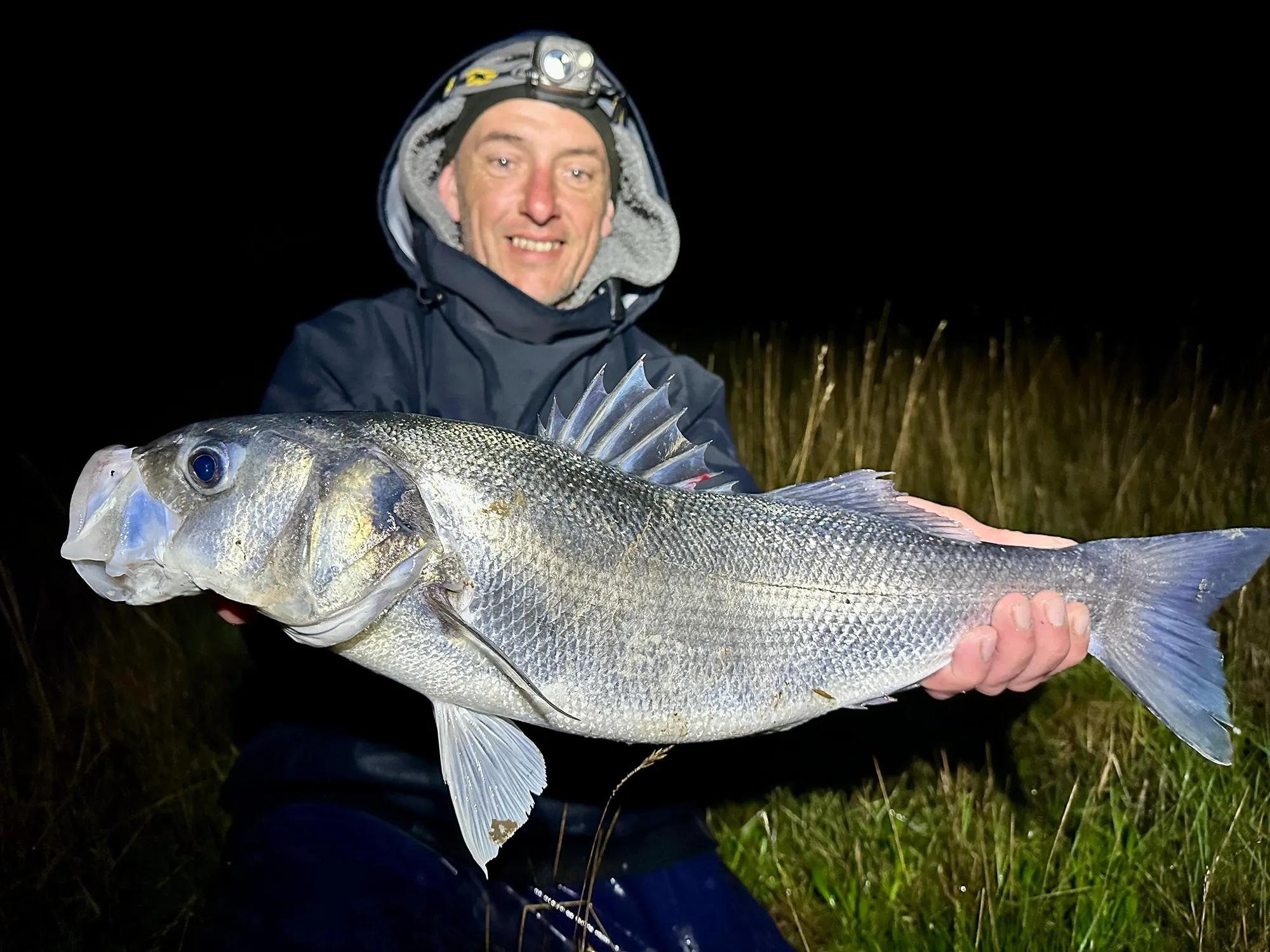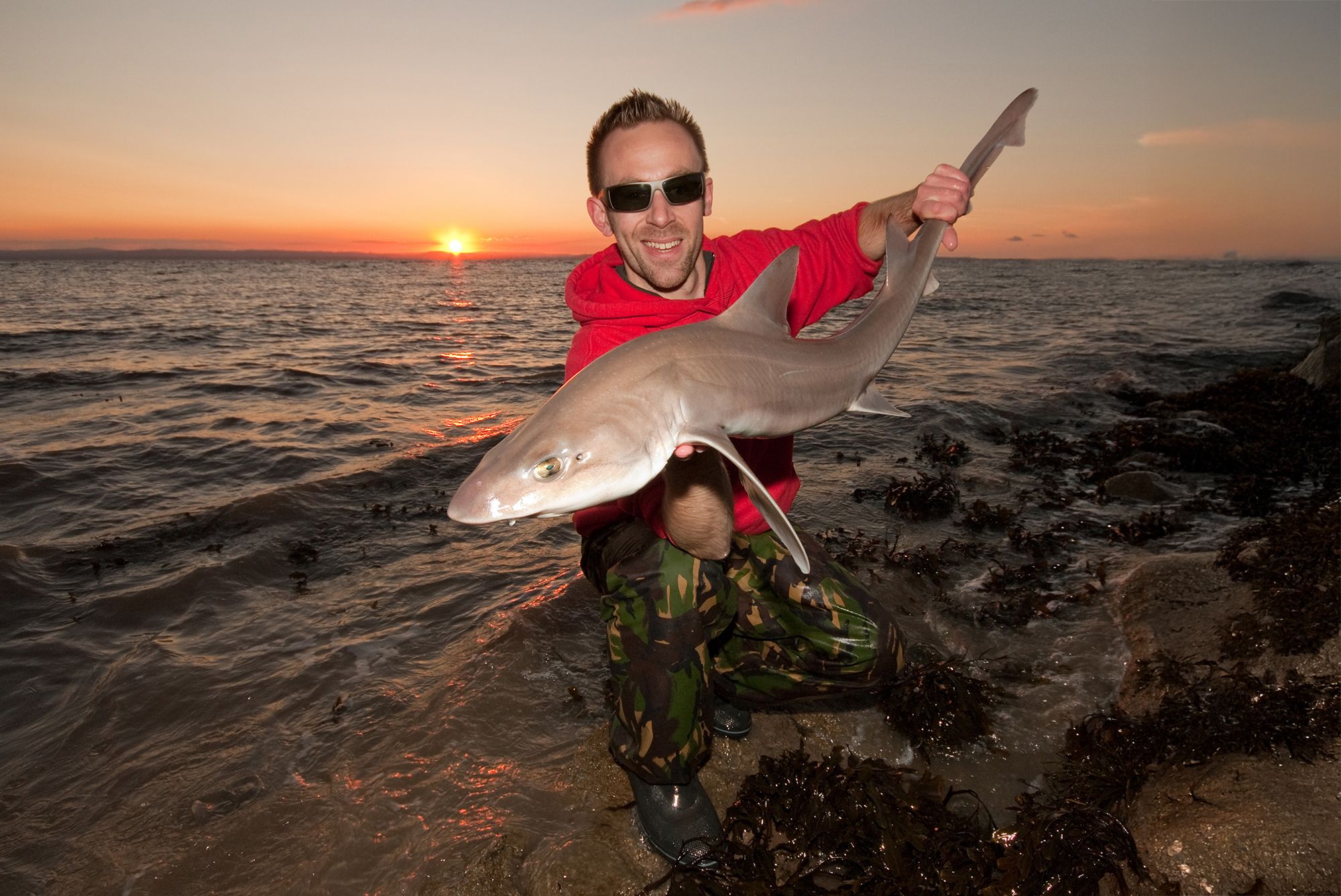How the Tides Influence the Shoreline of the Bristol Channel
Explore this guide to learn more about How the Tides Influence the Shoreline of the Bristol Channel.
How the Tides Influence the Shoreline of the Bristol Channel
A Guide for Sea Anglers
The tides of the Bristol Channel are one of the most fascinating and influential forces shaping its shoreline. As one of the most tidal places in the world, the Bristol Channel experiences some of the highest and most dramatic tides you’ll find anywhere. Whether you're a seasoned sea angler or a beginner just getting your feet wet (no pun intended), understanding how the tides influence the coastline can dramatically improve your fishing experience. The shifting tides affect everything—from the terrain to the fish species found here—so it’s essential to understand how they work in order to make the most of your fishing trips.

The Bristol Channel: A Unique Tidal Environment
The Bristol Channel boasts impressive tidal ranges, with water levels sometimes fluctuating by over 13 meters between high and low tide. This massive tide difference means the shoreline changes dramatically, with vast stretches of sand and mudflats exposed at low tide, only to be completely submerged again during high tide. The result is a dynamic environment that supports a wide range of wildlife, including many of the fish species sought after by anglers.
The strong tidal movements in the Bristol Channel create a constantly changing environment for both sea creatures and anglers. The fast-moving waters offer plenty of opportunities for fishing, but knowing how to time your sessions according to the tides is key to success.

How the Tides Affect the Terrain
The dramatic rise and fall of the tide profoundly impact the terrain of the Bristol Channel. At low tide, vast sandbars, mudflats, and estuaries are exposed, revealing underwater features that would normally be submerged. This reveals prime fishing grounds where fish like flatfish, bass, and whiting forage in the shallows. As the tide comes in, the water flows over these areas, giving fish an opportunity to swim and feed in previously unreachable water.
Many anglers prefer to fish during the low tide as the water is shallower, and the fish are more concentrated in the exposed areas. Additionally, the receding tide can leave fish such as the rarely targeted mullet stranded in tidal pools, making it easier for anglers to spot and catch them. On the other hand, fishing during high tide means deeper water and more widespread fish activity. Understanding the tide table is vital for planning your fishing trip. Each fishing session should be aligned with the right tidal phase to increase the chances of a successful catch. For example, all of the beaches in the upper Bristol Channel are primarily made up of sand and the tide retreats for many hundreds of meters at low tide, making fishing at this stage of the tide impractical.

Tides and Their Effect on Fish Species
The tides have a direct impact on the behaviour and distribution of fish in the Bristol Channel. Many species of fish, especially those that are bottom-dwelling like flounder, and rays, are closely tied to tidal patterns. These fish often feed in the shallows at low tide, where they scavenge on smaller invertebrates exposed by the ebbing water. However, as the tide begins to rise, these fish will follow the tide line to explore new ground.
For sea anglers, timing your fishing with the tide is crucial to targeting the right fish species. Some fish, like bass and cod, are more likely to be found during specific tidal phases. For example, bass tend to feed more actively on a flooding tide, while cod might be more active during the ebb, particularly around rocky outcrops and deeper gullies where water flows quickly. This is of course dependant on the exact location.
As the tide changes, fish are often swept along by the current. Using the tide to move around makes good sense and in a world of survival of the fittest, conserving energy is key when looking for an easy meal.

The Impact of the Tides on Sea Anglers
For sea anglers, understanding the tides is a game-changer. The timing of your fishing session can determine whether you get amongst the fish or go home empty-handed. As mentioned, the tidal range in the Bristol Channel is significant, and fishing at the wrong time can lead to frustrating results. On some marks, fish will run through on the ebb, whilst on others, the action occurs on the flooding tide and the fish have moved on by the peak of the tide. An understanding of how the ebb and flow of the tide influences your chosen mark should be top of your list if you’re looking for consistent results.
Conclusion
Understanding the tides is key to consisten results
The tides of the Bristol Channel play a vital role in shaping the fishing environment and greatly influence the behaviour of the fish species found here. By understanding how the tides influence the terrain, fish distribution, and your fishing techniques, you can improve your chances of landing your target. Timing your fishing session to match the right tidal phase, using the appropriate tackle and approach, and knowing where to fish will ensure that you make the most of this exciting and ever-changing environment. Never forget though, we are dealing with wild animals here and nothing is ever set in stone; but be sure to get familiar with that tide table, it really is key.


